"The Hidden Costs of 'Free' Wildlife Inspections: What You Need to Know"
Free isn't always cheaper....

When it comes to protecting your home and family from wildlife intrusions, it can be tempting to jump at the offer of a “free” inspection. Who doesn’t love free stuff, right? But before you welcome anyone into your attic or crawlspace, it’s important to understand why “free” inspections can end up being more costly than you might think. At TLC Wildlife Management, we’re committed to transparency and quality service—so let’s explore what “free” truly means in the world of wildlife management and what you might be risking by taking the bait.
Why Do Companies Offer Free Inspections?
In an industry where competition can be fierce, many companies use “free” inspections as a marketing tool to get their foot in the door. It’s a tactic designed to lure in potential customers quickly, but what you should consider is that there’s often an ulterior motive behind it. Free inspections might not always mean thorough inspections—they may lead to aggressive sales tactics, hidden fees, or unnecessary services that quickly drive up your final bill. Companies offering free inspections often have large teams to keep occupied, and scheduling these inspections ensures their technicians stay busy in the field. However, the cost of hiring and maintaining that workforce is typically passed on to customers through higher service fees. While your inspection may be labeled as "free," rest assured that technician’s paycheck is coming from somewhere!
The Reality Behind “Free”
A free inspection isn’t necessarily worthless, but the business model that supports it often raises red flags. Here’s what you need to be cautious of:
- Limited Scope Inspections: Because the inspection is free, it’s often performed quickly and may not be as comprehensive as needed. Inspectors may gloss over critical areas or miss signs of significant wildlife damage to save time.
- Pressure to Buy Services: Free inspections may serve as a prelude to a hard-sell approach. It’s not uncommon for companies to exaggerate problems or insist on immediate repairs. Instead of receiving unbiased advice, you’re suddenly on the hook for upsold services and expensive packages. Fear is a huge motivator when it comes to wildlife encounters, but a good technician will help you understand the true risks and consequences of your situation and work with you to find a solution that is both timely and effective.
- Hidden Fees and Higher Costs: You may be told about additional charges, diagnostic fees, or mandatory repairs only after the inspection is completed. “Free” doesn’t always translate to “no cost” when service fees start piling up. Again, that technician has to get paid somehow, so often company fees are set up to cover those costs.
- Lack of Accountability: If a company offers free inspections without charging for their expertise, it may indicate limited accountability or motivation to deliver accurate findings. Companies with large workforces often face high turnover and the frequent training of new technicians. These less-experienced employees need field experience and often use free inspections as a way to "learn" on the job while honing their sales techniques. In contrast, a reputable company values expertise and professionalism—services that come at a fair cost. Our inspections are neither rushed nor "cookie-cutter." We charge for the expertise and personalized insight we bring to your situation. There are real costs for wages, vehicle maintenance, gas, and insurance—but unlike others, we prefer to be transparent with these costs instead of burying them within inflated service fees. We take pride in the time and effort we dedicate to providing the most thorough inspections in the industry because we believe that quality has real value.
What to Look for Instead
A professional, trustworthy wildlife management company won’t need gimmicks, sales, or discounts to showcase value. Here are some factors that set a good company apart:
- Transparency: Ask for details about the scope of the inspection, the expected time commitment, and any potential costs before the inspector arrives.
- Comprehensive Reporting: Make sure you’ll receive a detailed report on the inspection’s findings, with photos and explanations to back up recommendations. Inspectors should have no problems showing evidence of wildlife activity through photos. Most homeowners will never look in the areas being inspected, so how will you know what's really happening without some photo proof?
- Experience and Credentials: Look for a company with certified wildlife specialists and a strong track record. Reviews and testimonials are good indicators of reliability.
- Clear Pricing: Professional companies don’t hide their prices. If costs are upfront and clear, you know you’re not in for an unpleasant surprise. Look for a company that provides a cost for services, not an estimate.
The TLC Wildlife Management Difference
At TLC Wildlife Management, we believe in honesty and professionalism. Our thorough inspections are designed to identify wildlife issues accurately, provide preventive advice, and keep your home protected permanently. While some companies may hide their costs behind the “free” banner, we offer genuine value through transparent services, experienced technicians, and real solutions—not high pressure sales tactics.
When it comes to wildlife issues, a free inspection can cost you far more than you expect. Choose wisely. Protecting your property and loved ones is worth an investment in professionals you can trust, not a gimmick you’ll regret.
Contact us to schedule a reliable inspection that puts your best interests first. No sales games, just honest help.
By understanding what lies beneath the surface of a “free” inspection, you can avoid unnecessary expenses and ensure your home gets the protection it truly needs. Trust the experts at TLC Wildlife Management to provide service that’s rooted in honesty and expertise—not free gimmicks.
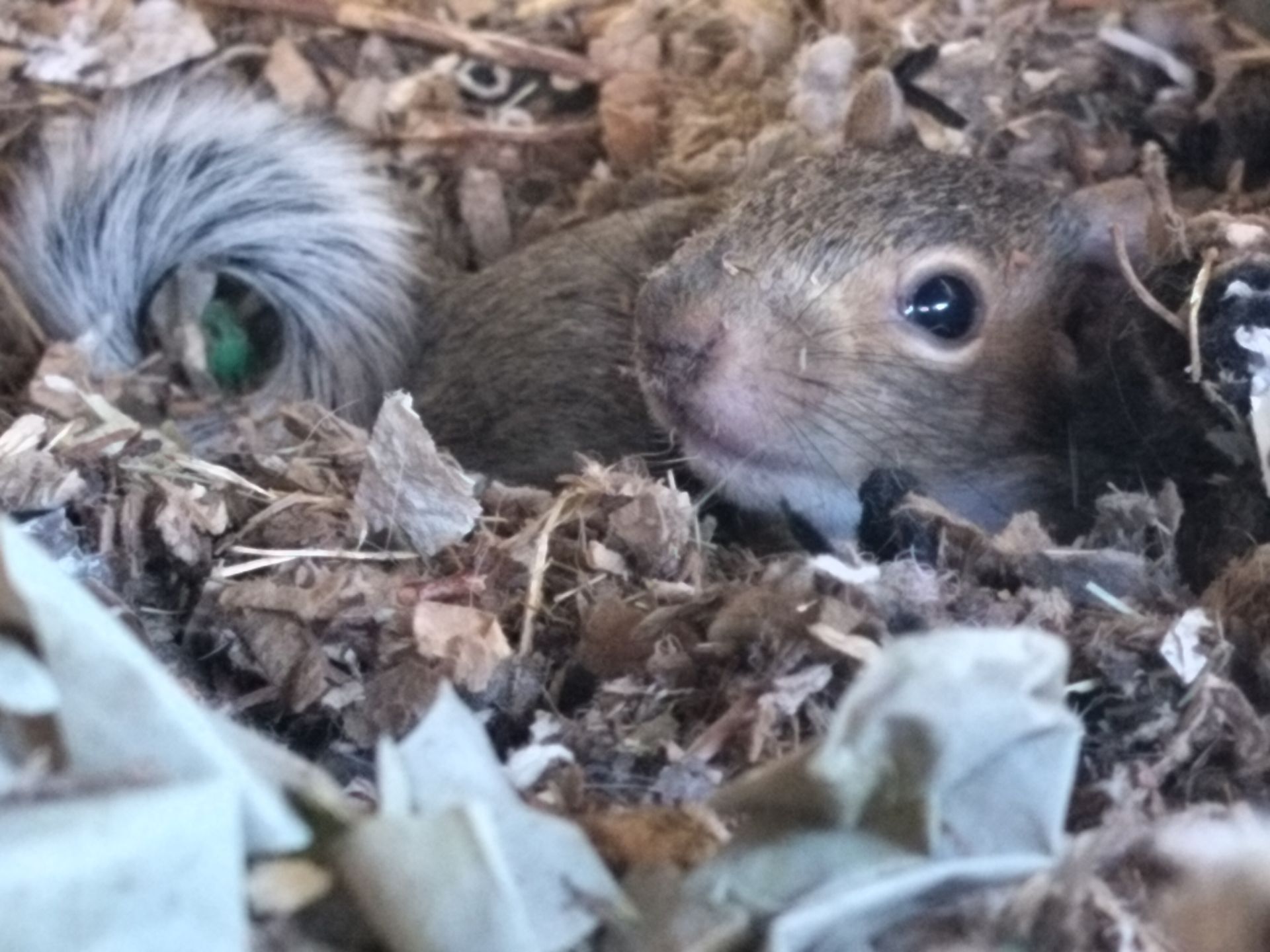
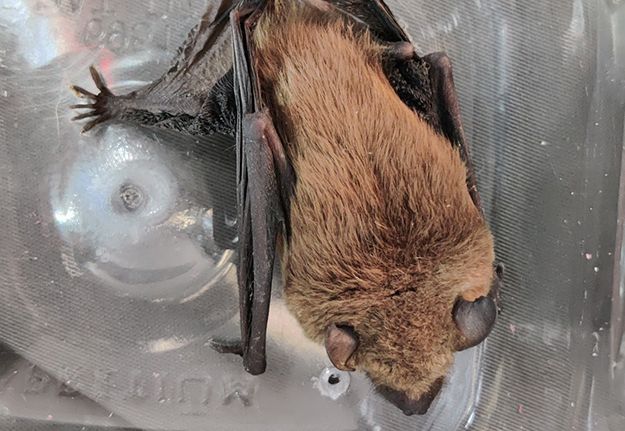
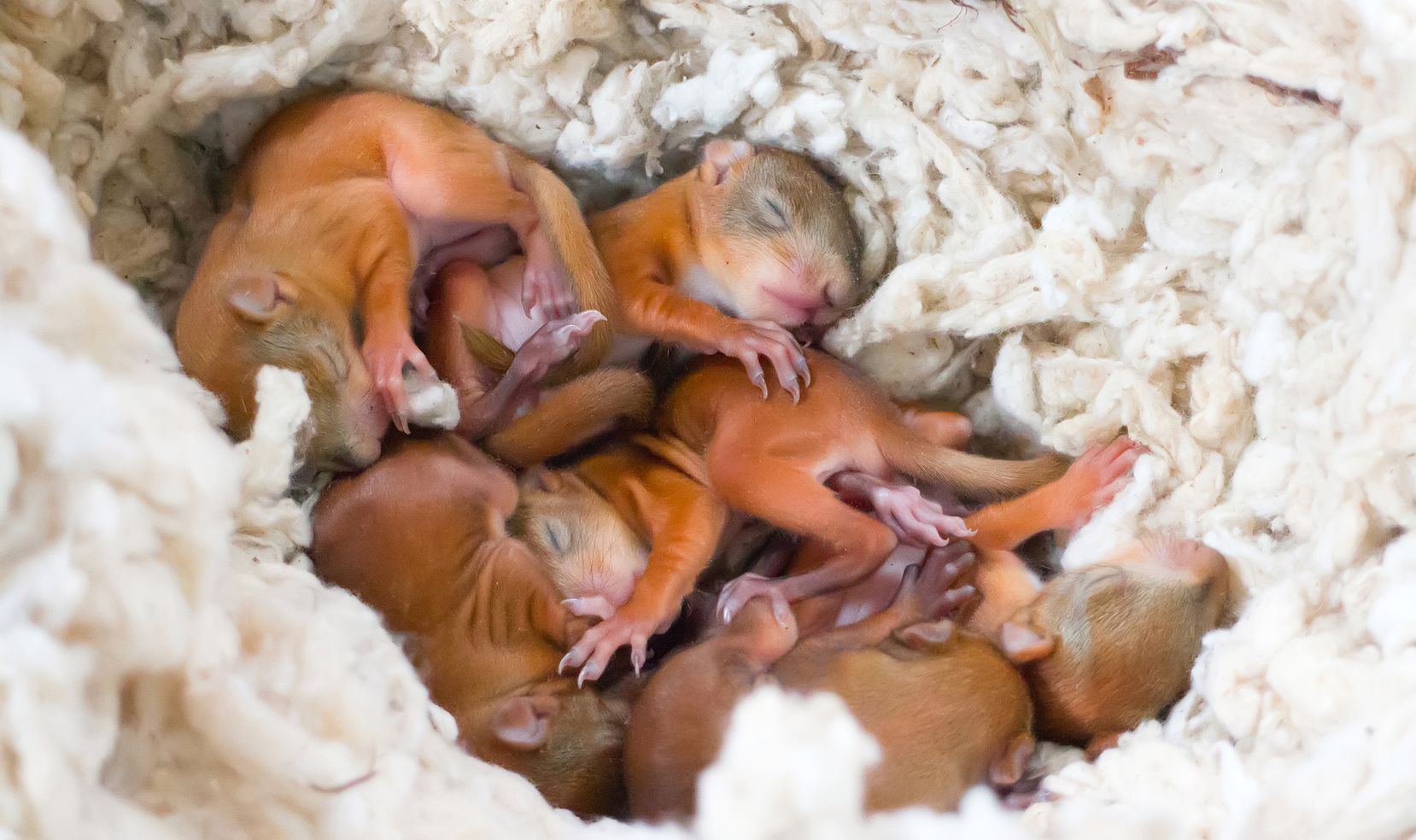







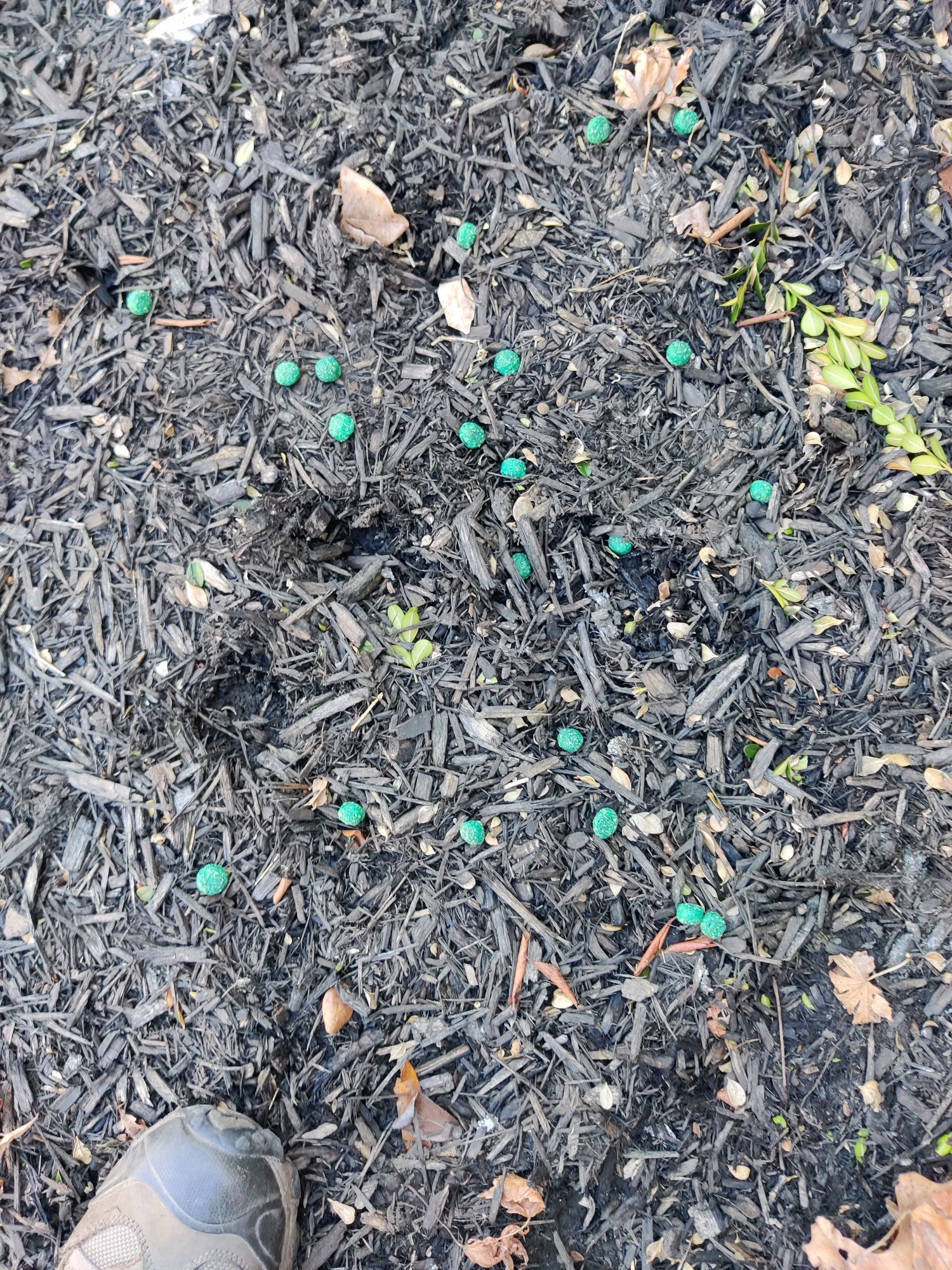
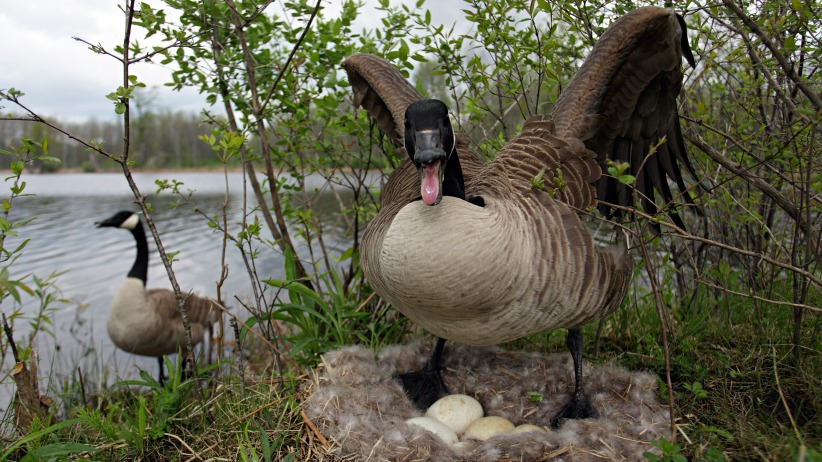
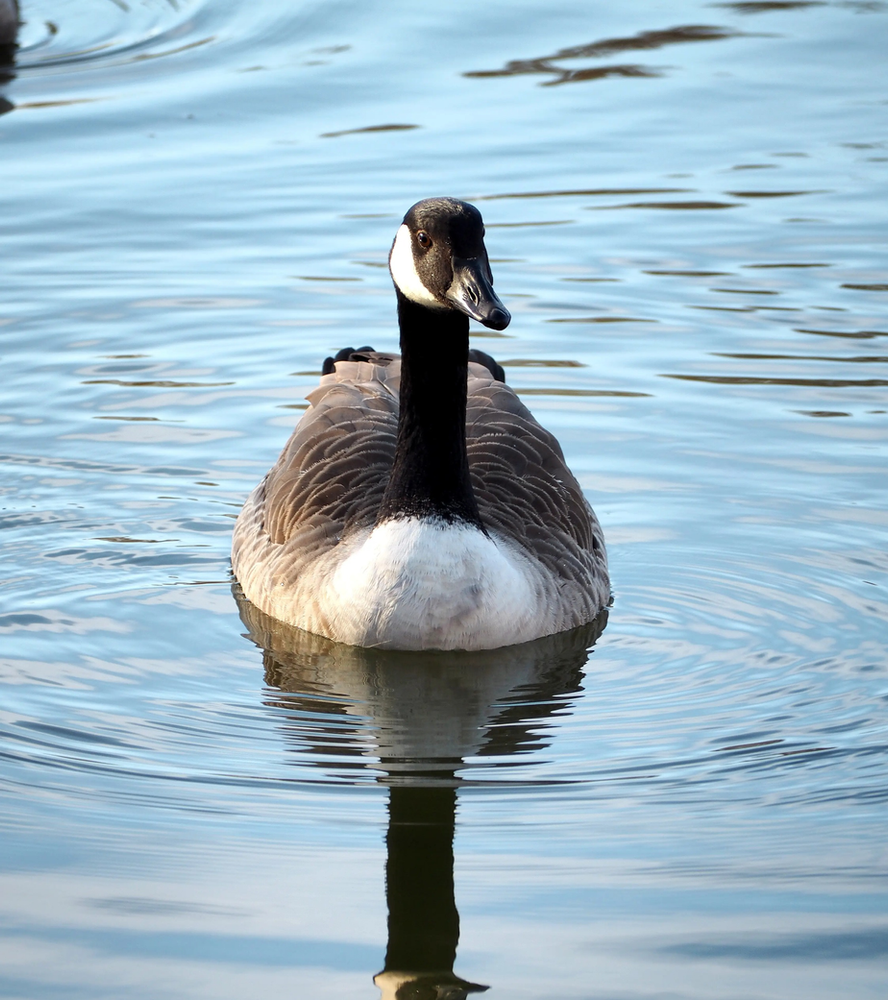
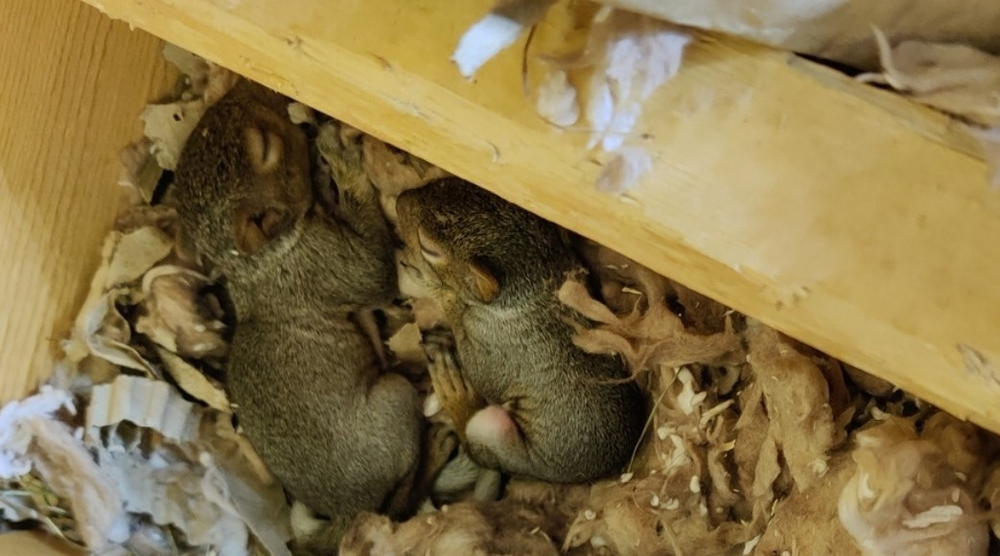
Share On: